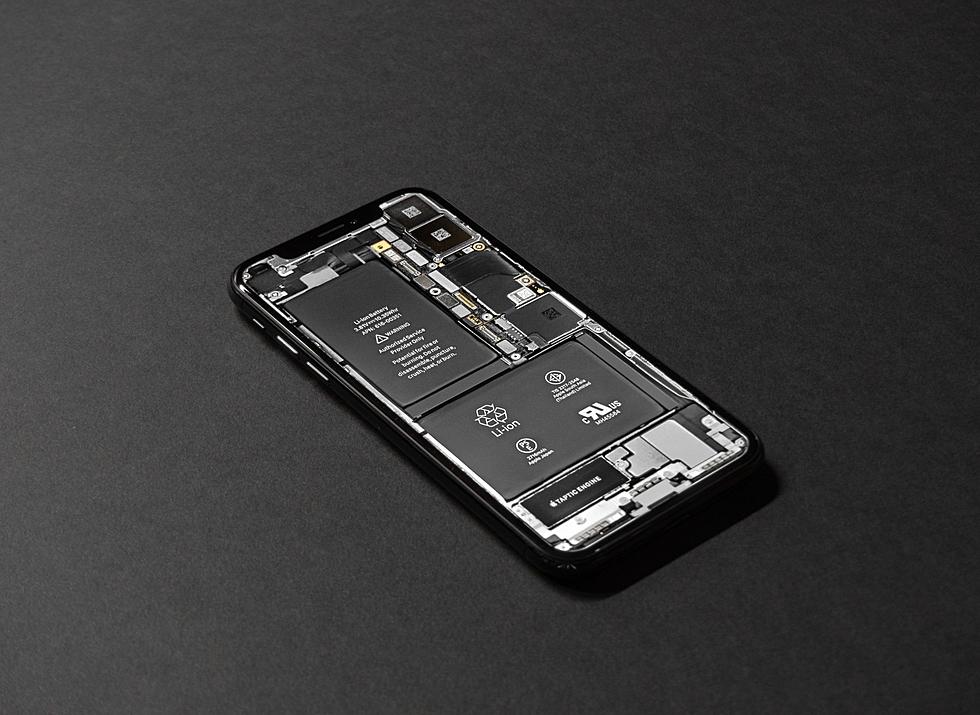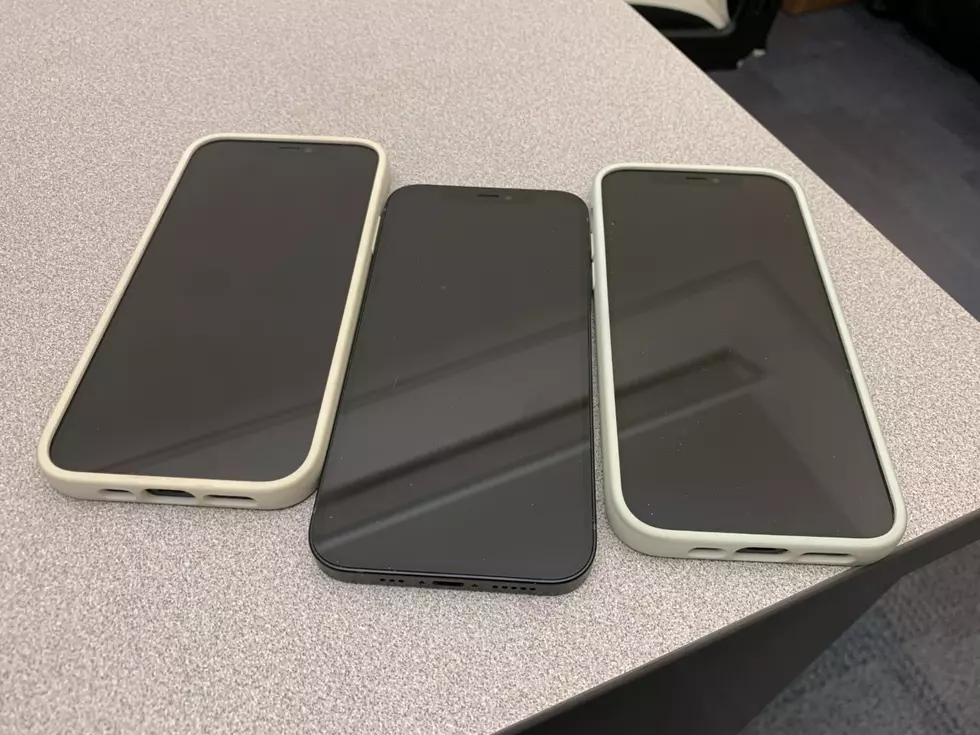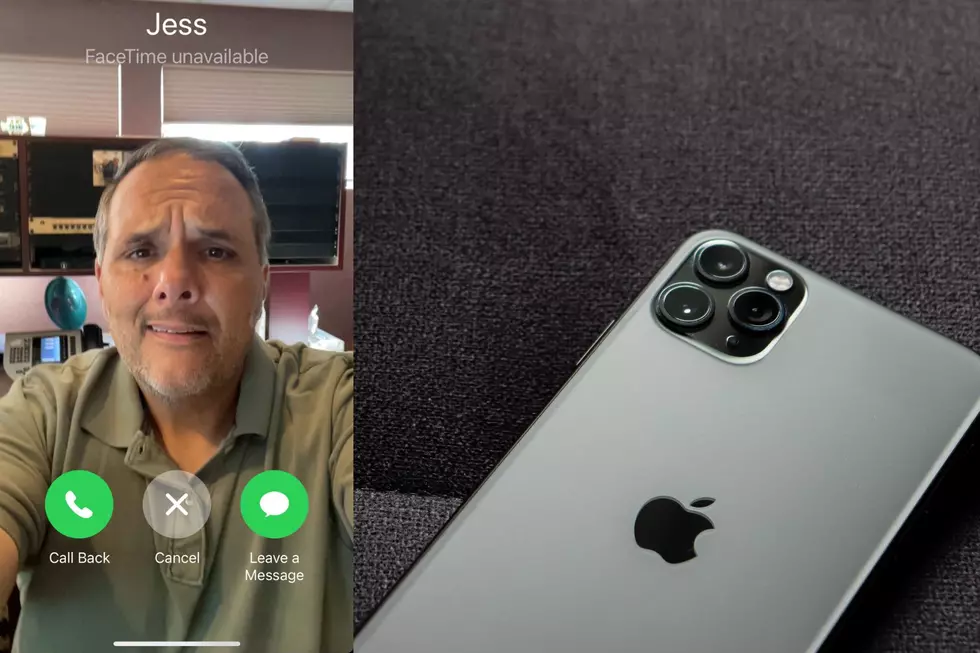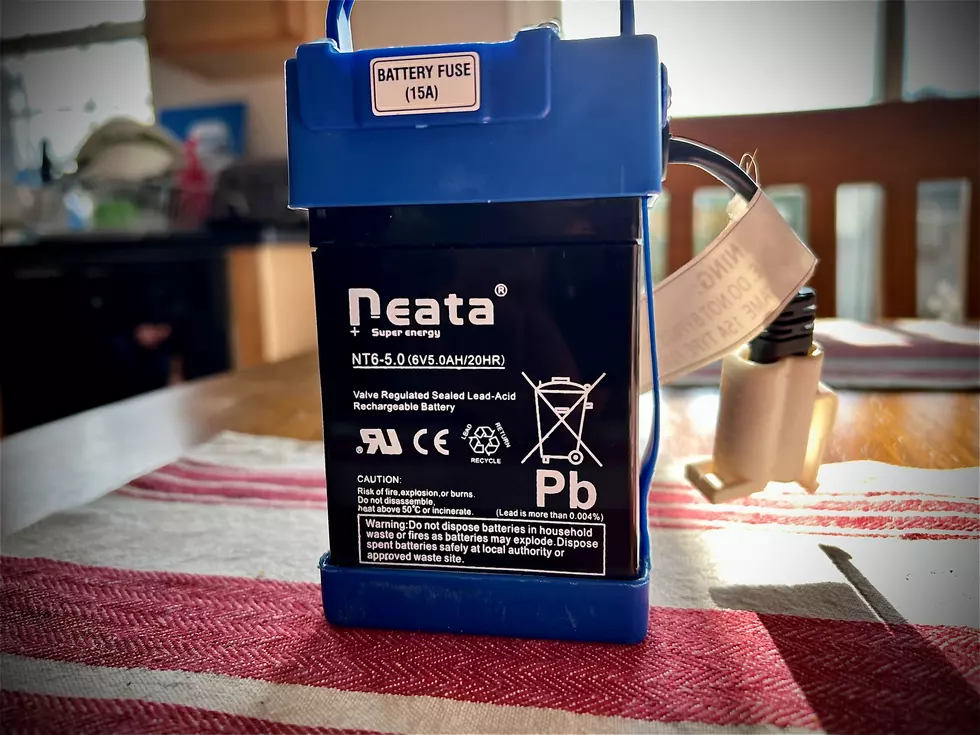
Your Phone Battery Life Might Double Soon
Tired of carrying that charger with you and scanning every room you're in for outlets? Science to the rescue!
I'm tethered to my phone like a child to his baby blanket, so I have often found myself in social situations in which I probably embarrassed myself by looking for a place to charge my dying phone instead of interacting with people directly.
I say "probably" because I was too busy trying to save the life of my phone like some kind of action hero and couldn't be bothered to notice.
But fear not! Your battery woes might be coming to an end thanks to some science jargon I don't understand:
All batteries have three basic parts: an electrolyte to provide electrons, an anode to discharge them, and a cathode to receive them. Currently, lithium is only present in the electrolyte of batteries and not on the electrode because, during charging, lithium ions at the anode and cathode expand dramatically—causing the electrodes to break down.
As a result, scientists have tried but failed to make lithium electrodes—knowing that, if they could, they could boost efficiency by two, three or even four times. Now, in research published in Nature Nanotechnology, Stanford University researchers have added a protective layer of interconnected carbon domes on top of their lithium anode—providing enough protection to avoid the usual damage. Just 20 nanometers thick, the protective surface allows the lithium electrode to work properly, but deforms with it as it expands to keep it from breaking down.
Okay, so what does that mean?
"In practical terms, if we can improve the capacity of batteries to, say, four times today's, that would be exciting. You might be able to have cell phone with double or triple the battery life or an electric car with a range of 300 miles that cost only $25,000—competitive with an internal combustion engine getting 40 mpg."
If it means I'm not rationing out my phone use like Charlie Bucket trying to preserve a chocolate bar, I'm down.
More From WRRV-WRRB









